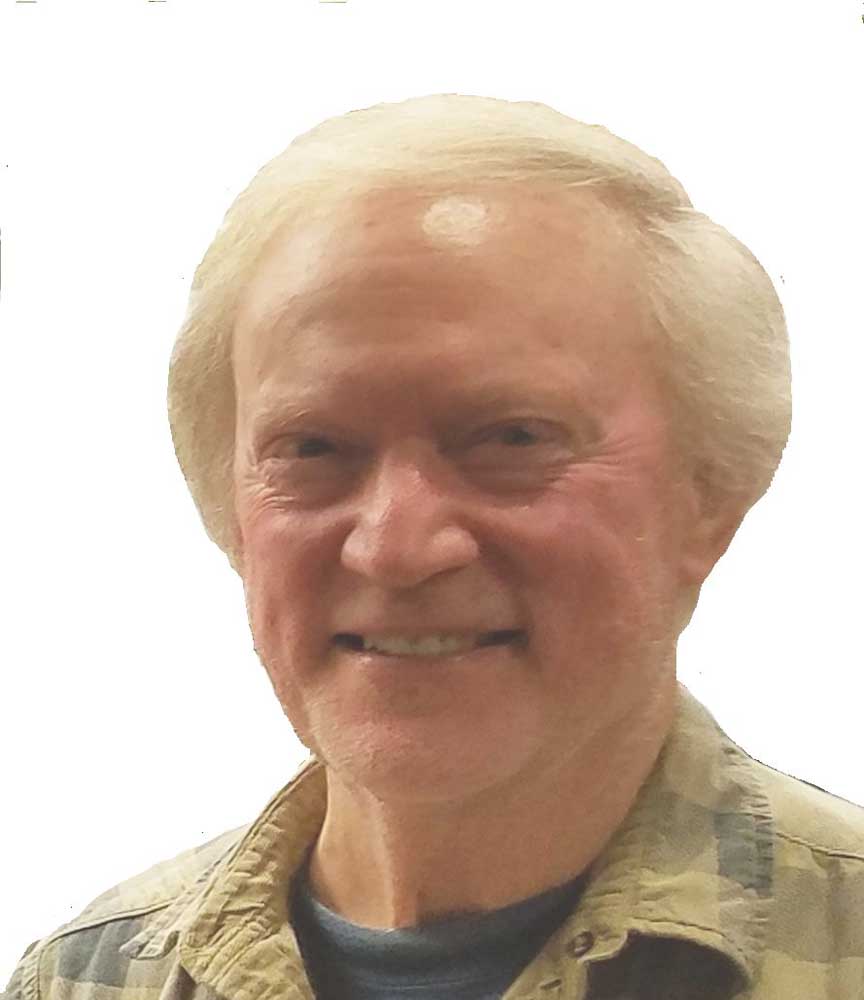Mountain Medicine: Unmasking a masking study
Published 6:00 am Wednesday, December 9, 2020

- Polk
Highly effective vaccines to prevent COVID-19 infection should become available to the general population during 2021. In the meantime, available science supports infection control, including the wearing of masks, as the mainstay of prevention.
Background: On Dec. 4, the federal Centers for Disease Control and Prevention published recommendations to reduce community transmission of SARS-CoV2; it included strong recommendations for wearing masks. www.cdc.gov/mmwr/volumes/69/wr/mm6949e2.htm?s_cid=mm6949e2_w. Oregon also has recently enacted a statewide masking requirement. https://govstatus.egov.com/or-oha-face-coverings.
The science to justify masking in the general population has been controversial. For example, on Nov. 18, reporter Alex Berenson stated on the The Ingraham Angle (www.foxnews.com/shows/ingraham-angle), “The CDC said last week, masks may protect the wearer, and they should just stop saying that. There is no evidence for that. They need to stop.”
He said this while referencing a new study that did not find a benefit to masks for preventing COVID-19 infections. This conflict between “Masks don’t work” versus federal and state recommendations in favor of masking is the topic of today’s Mountain Medicine.
The Danmask-19 Study: The story begins with the Nov. 18 publication in a respected American medical journal, the Annals of Internal Medicine, the first randomized clinical trial evaluating mask wearing in the community and its impact on prevention of COVID-19 infections. The study has generated international controversy and confusion.
Danish investigators studied over 6,000 community-dwelling adult volunteers. Roughly half the volunteers received surgical masks along with instructions to wear them when outside the home. The remaining volunteers received no masks or instructions (the control group). Both groups went about their routine activities for one month in spring of 2020; the number of new cases of COVID-19 infection was documented.
The Results: The mask-wearing group experienced a 20% lower risk for infection, but this difference did not meet the study’s threshold for statistical significance. If you listened to the Laura Ingraham show and many other news programs reporting the Danmask study, what you heard was “masks don’t work.”
The Controversy: A randomized clinical trial (RCT) is regarded as the gold standard for therapeutic evidence. However, even the best RCTs can only answer the specific question(s) being investigated. Every study has limitations and publishing authors are expected to list them. Critical reviews of science reports by outside investigators will also identify other concerns or deficiencies.
Because this report was expected to be controversial, the publishing journal contained two critical reviews, one from the journal editors and another by a former director of the CDC (www.acpjournals.org/doi/10.7326/M20-7499). What follows are some of the main controversies from the Danmask study. While some of these comments may seem “picky” they are critical components of the scientific review process.
First, masks were not recommended or used in the general Danish population during the study period. Had masks been worn by most community persons, as is now common in the U.S. and most countries, it is entirely possible that viral transmission from one infected person to another (called source control) would be protective to the uninfected. The Danmask study could not measure source control.
Second, only 46% of subjects wore their masks “as recommended.” Lower adherence to proper wearing technique may have made an important difference in results.
Third, the sample size of 6,000 subjects was selected to detect a 50% or greater reduction in COVID infections (called the “power” of the study). While the mask-wearing group did not experience the “statistically significant” benefit of a 50% reduction in infections, the 20% reduction in risk of infection remains an important advantage. I believe that the investigators were simply overly optimistic regarding the benefits of masks when determining the number of subjects to enroll. Had the sample size or the infection rates been higher, it is likely a “statistically significant” effect would have been identified. In other words, a study of 6,000 persons may have simply been too small to detect an important benefit.
Take-home message: It’s tempting to boil down a complex topic to a sound bite, especially if it confirms one’s biases. The so-called “Swiss Cheese Model,” when applied to COVID-19 infections, emphasizes that multiple approaches can work like a series of safety nets (www.theverge.com/2020/10/31/21542207/swiss-cheese-infection-control-covid-19-antivirus). Singling out the effects of one of these approaches for measurement is complicated, but as COVID-19 continues to spread, the strategies of handwashing, physical distancing and wearing masks represent the best we have to stay safe and avoid infecting others while we wait for distribution of a vaccine and resulting herd immunity.








